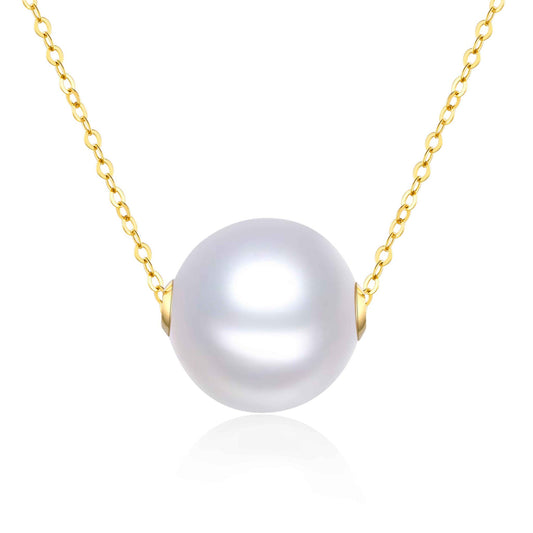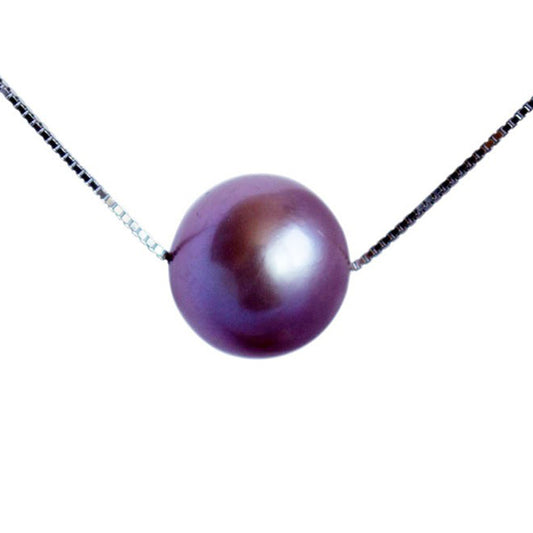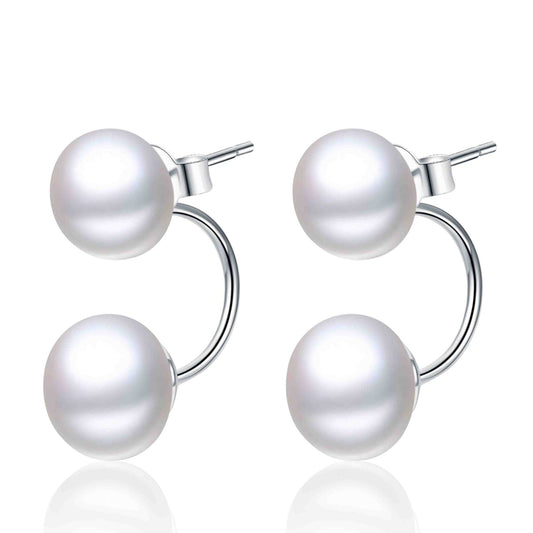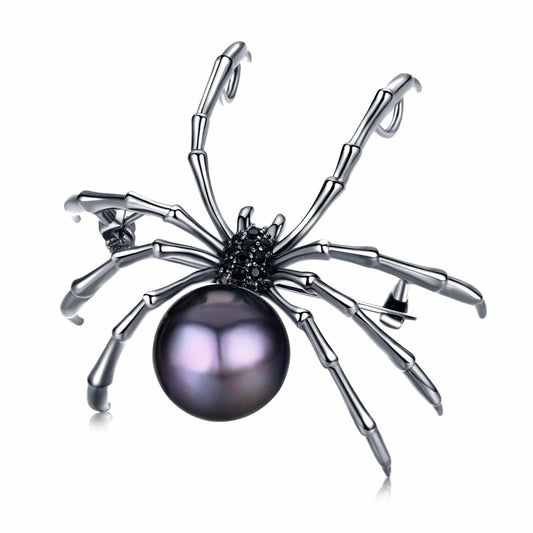For a long time, humans were only concerned about their survival and immediate enjoyment of nature, in other words, appreciating beautiful animals, and taking what we need for food. Today, we’re all concerned about global warming, but something that rarely crosses our minds is the loss of biodiversity.
Without biodiversity on earth, human life is in danger. So let’s look at what biodiversity is, what causes the loss of biodiversity, and what you can do about it.
What Is Biodiversity?
Biodiversity refers to the variety of life on earth – not just those that you can see, but also the millions or billions of microscopic organisms you can’t see. The term is derived from the two words “biological diversity”.
Since many of us live in towns and cities, the preservation of nature is not always front and center in our minds. But the truth is, the quality of the air we breathe, the water we drink, and the food we eat, all rely on biodiversity.
Our very existence relies on biodiversity, for example:
- Without plants, we’ll have no oxygen
- Without bees to pollinate, we’ll have no fruit
- Without coral reefs, coastal towns will have no protection from tsunamis and cyclones
- Without insects, we’ll have no defense against pests
There are about 1.7 million recorded species of animals, plants and other creatures. But the actual number of species on earth is likely anything between 8-100 million. Add in bacteria and viruses, and the number of individual organisms can be in the billions.
The Loss of Biodiversity
According to the WWF, the number of species on earth was cut in half since the 1970s. Many organisms already went extinct, and we don’t even know it.
We do know about magnificent animals like dodos and mammoths that we’ve lost, while tigers and rhinos are on the brink of extinction.
What causes the loss of biodiversity?
- Felling of forests to make way for farmland, housing, and industrial sites
- Poaching, overfishing, and overhunting
- Pollution, which is especially detrimental to water species
What Can We Do to Preserve Biodiversity?
At Timeless Pearl we don’t have an answer to avoid a global ecosystem collapse. But we can make sure that we do our part for the environment.
Here’s what we do:
- Selling sustainable gems: Pearls are the only sustainable gem on the planet. Where most gemstones are non-renewable, pearls are produced by living creatures – mollusks – which reproduce all the time, as long as sustainable farming is practiced. Read this article to find out how pearls differ from other gems.
- Supporting sustainable farming: A pearl farm that is managed well has a very low impact on the environment, but what you may not know is that pearl farms can actually help to keep the environment healthy. The quality of pearls depends on the quality and health of the water, so it’s in the best interest of the farmer to look after the environment. At Timeless Pearl we only partner with pearl farmers who follow ecologically healthy farming practices. Read this article on how pearl farmers can help the environment.
- Recycling Timeless Pearl jewelry: Finally, we recently introduced a new trade-in system where you can return your old pearl jewelry in exchange for a discount on your next purchase. We don’t want your old jewelry to end up in landfill, and we also want to help underprivileged women to look and feel good. So next time you’re cleaning out your jewelry rack, don’t throw your Timeless Pearl jewelry away. Send us an email (support@timelesspearl.com) to find out how our pearl jewelry trade-in program works.
Stand with us to preserve biodiversity while we still can.




